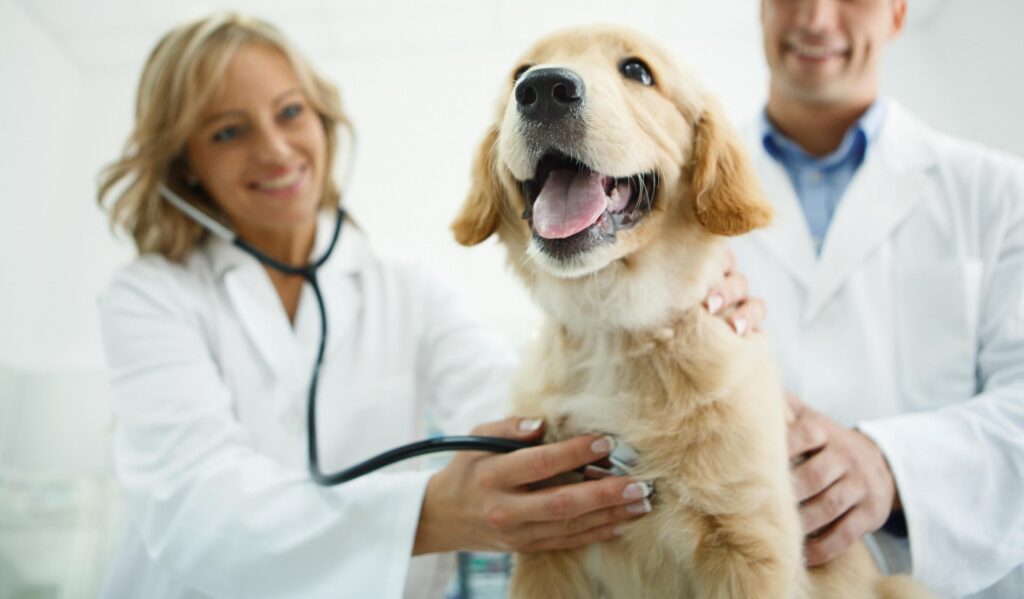
Whenever a dog or cat develops a new lump or bump, your first (and correct) instinct is probably to contact us at Shiloh Mobile Vet. It can be hard, though, even for our trained eyes, to know exactly what a mass might be just by looking. Keep reading to learn everything you ever wanted to know about masses on dogs and cats.
If it Swells…
When a new growth or mass is noted on a pet, it is best to get things checked out sooner rather than later. All masses should be monitored closely by a veterinarian.
When you bring a pet in to see us for a mass, we will do a few things:
- Assess and document the location of the mass
- Note the physical characteristics including size, shape, color, and feel
- Examine the pet for other signs of illness such as weight, enlargement of lymph nodes, overall well being
- Take a sample depending on the size and location of the area.
There is a saying in veterinary medicine that if it swells, stick it! This refers to obtaining a fine needle aspirate by gently obtaining some cells from the area to observe under the microscope.
The microscopic appearance of the cells can help us determine what the mass might be, and the best course of action. Most swellings will either be consistent with infection (such as an abscess on a cat after a fight), reactive tissue (such as a lymph node reacting to a systemic infection), or neoplastic (benign or malignant tissue growth). Sometimes we even get a surprise and find out it’s a hernia on a dog or cat patient.
It can be difficult to tell for sure what is going on based on a fine needle aspirate, or a mass may not want to shed any cells to look at. In these cases, sometimes surgical biopsy is warranted.
Masses that appear suddenly, cause the pet discomfort, seem irritated, or show up on a pet with a short hair coat like a pitbull, boxer, or pug should be seen more urgently.
Soft Tissue Surgery and Mass Removals
If after an examination it is determined that your pet’s growth should be removed and/or biopsied, not to worry! You are in good hands.
Shiloh Mobile Veterinary Care takes surgical procedures very seriously. For your pet’s procedure you should expect:
- Your pet to be fully anesthetized unless otherwise discussed
- Activity restriction post surgery (we will try to educate you ahead of time so that you can prepare)
- Some type of surgical incision and/or stitches that will need to be monitored
- The need for pain medication and sometimes other medications at home
- A healing time of at least 2 weeks post surgery
- No baths until surgical incision(s) are healed
- To have to wait a little while (about one to two weeks) for biopsy results
When a pet has a mass removal performed, we remove all visible diseased tissue where possible. Sometimes, if this is not possible, a mass will be “debulked.” Some types of soft tissue growths, though, may be very difficult to remove in their entirety. A cyst on a dog, for instance, should be able to be removed. A cancerous soft tissue sarcoma, though, may have tendrils of abnormal tissue invading locally that cannot be visibly seen.
When we send the removed tissue to the laboratory for evaluation by a pathologist (a biopsy or histopath), they can give us more detailed information about what the mass was, whether it was entirely removed, if it is likely to return, and what other treatments may be appropriate.
If your pet has a new or changing growth, don’t hesitate to reach out to us for help. We are here to make sure that everything is okay and help guide you if there are concerns.
